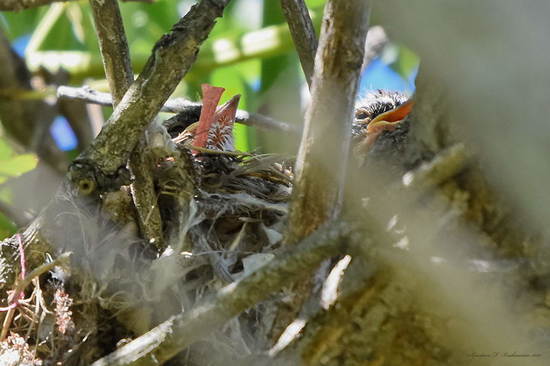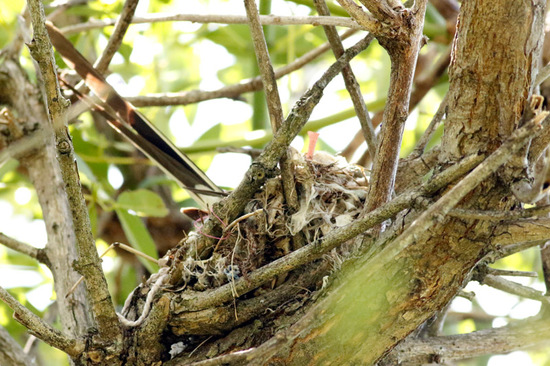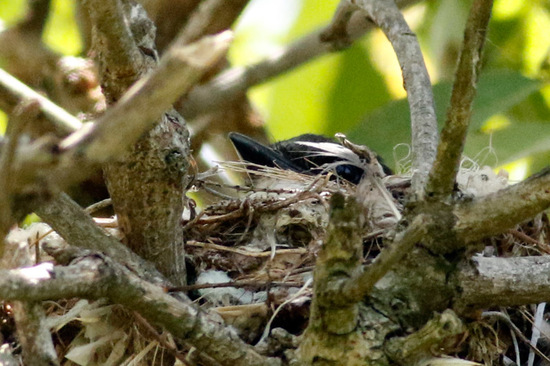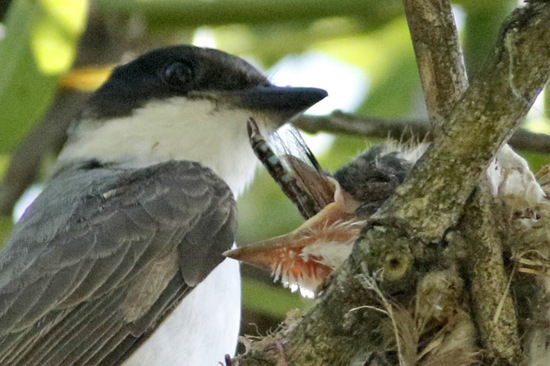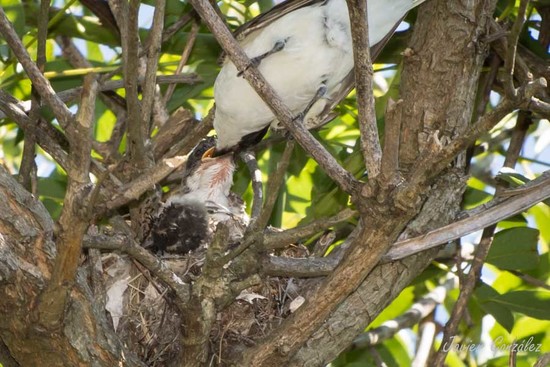Order: Passeriformes (Suboscines) - Family: Tyrannidae
Status: Summer visitor. Habitat: Woods and grassland
| All records since January 2014 |
|---|
| Sounds | |||
|---|---|---|---|
| Adult |
|---|
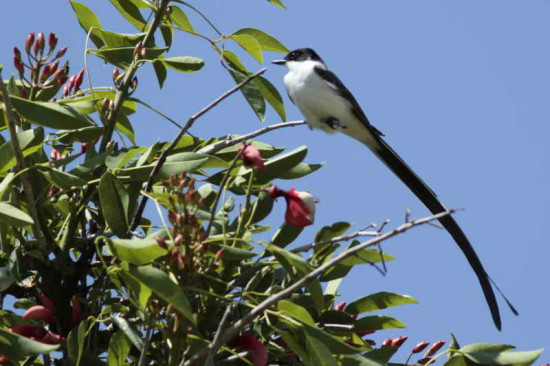 © J. Simón Tagtachian © J. Simón Tagtachian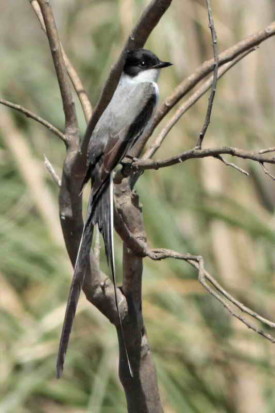 © J. Simón Tagtachian © J. Simón TagtachianBlack head and tail. Only the two outer rectrices are long. Longer in the male than in the female. Grey upperparts 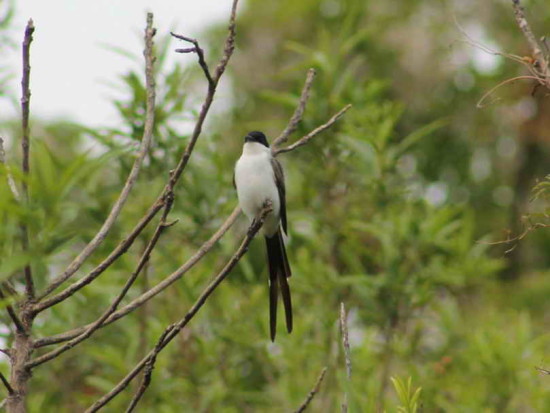 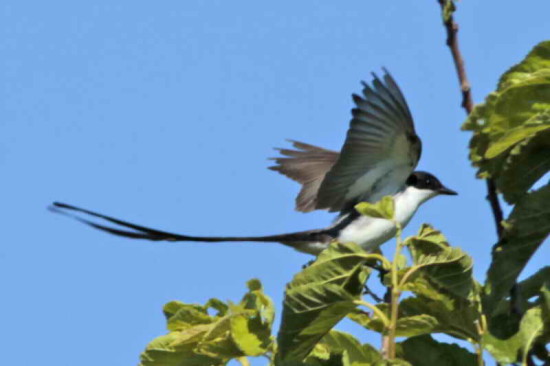 © J. Simón Tagtachian © J. Simón TagtachianWhite underparts |
Breeding
The nest is a cup. It builds it with stems, grasses and may add straps or strings
They incubate for two weeks
| Juvenile | |
|---|---|
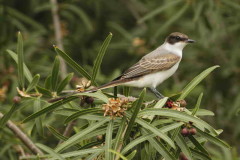 © J. Simón Tagtachian © J. Simón Tagtachian |
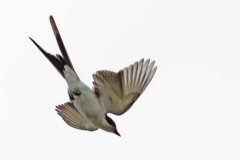 © J. Simón Tagtachian © J. Simón Tagtachian |
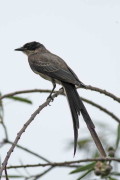 © J. Simón Tagtachian © J. Simón Tagtachian |
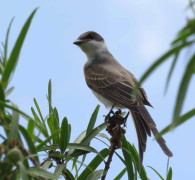 © Silvia González © Silvia González |
20 2 2012 © Roberto AresMigration (Go full screen. First right icon on tool bar) We were reaching the cement pitch when a first group of six Fork-tailed Flycatchers, which I could not see, flew past over our heads. They were heading north. A bit later a front of several flycatchers emerged out of the top of the trees which flank the path. Flying low they dodged and mixed with pigeons, martins and other birds that are normally there. In a more or less disorderly way they progressed in a northerly direction and we lost sight of them. And a new wave appeared and so went on the bouts with dozens of flycatchers each. We were amazed at the number of individuals thay flew past. It was a feast. Some sat for a while on a branch and resumed flight with the same group or with the following one. Juvenile and female tails (18cm) outnumbered male tails (34 cm), a considerable difference in size. Several males had one of their rectrices broken. One of them was filmed during a stop. Such a flow of individuals could be nothing else but migration. In their migration route to the south the groups which spread out from the principal trunk aggregate again on their return trip gathering at roosting sites. Now in bigger quantities since juveniles born here also join the group. Is Costanera one of these favoured sites? For my part, this is the first time I have seen the migration of Fork-tailed Flycatchers. Of course, this is so short a time window that one must be at the right time and place to witness it. There are four subspecies of Fork-tailed Flycatchers having different migratory behaviour. The one that migrates to Argentina (Tyrannus savana savana) comes from the northern extreme of South America and is highly migratory. There is a transient species and the other two are resident. Tyrannus savana savana arrives in September-October to spend summer. Here it breeds and returns in February-March to winter in the north. Last year’s first photographic record was in October. Today, the 20th of February we saw them leave. CR |
| Diet | |
|---|---|
| Captures insects on the wing. Eats fruit | |
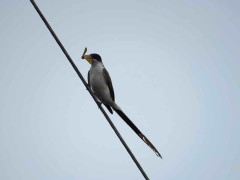 © Sergio Cusano © Sergio Cusano |
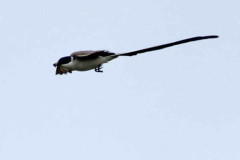 © J. Simón Tagtachian © J. Simón Tagtachian |
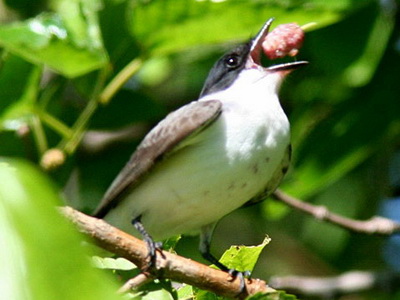 © Roberto Ares © Roberto Ares |
|
| More photographic records since January 2013 |
|---|


